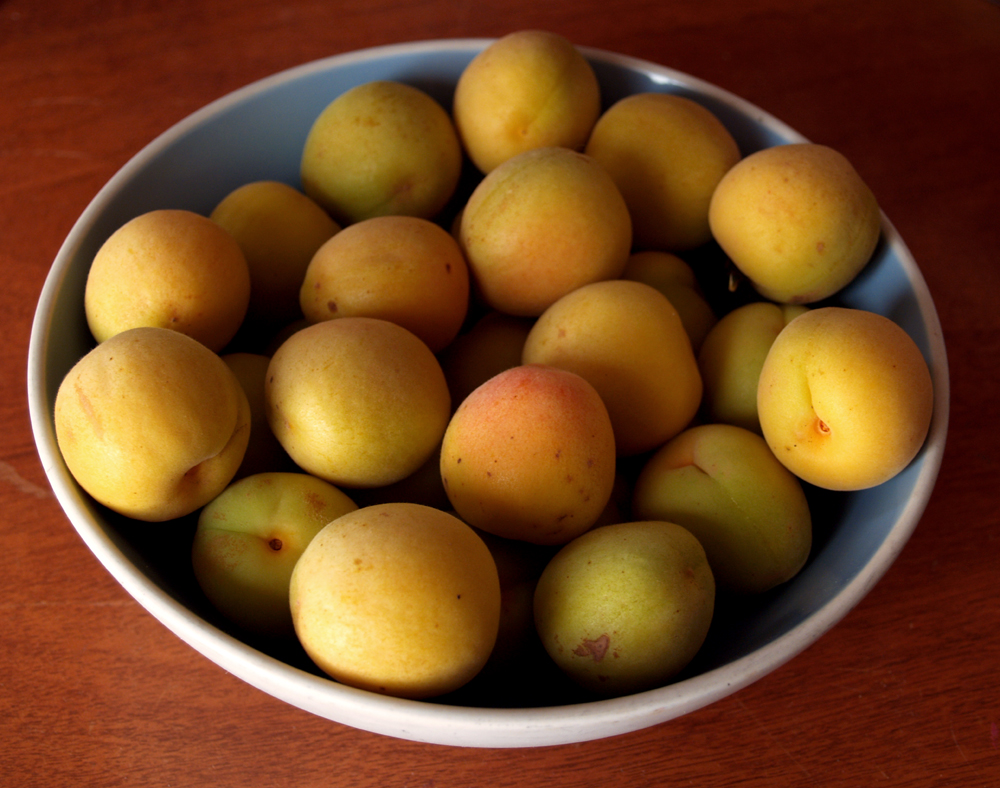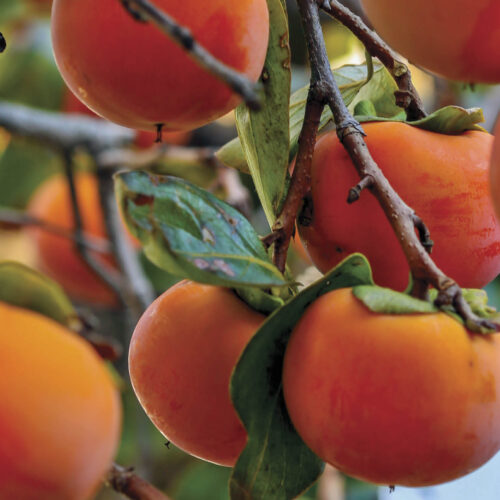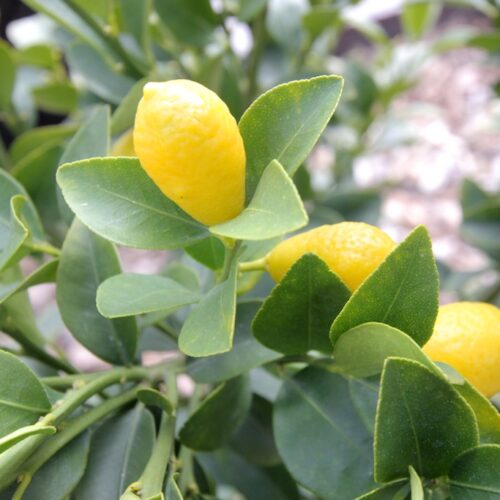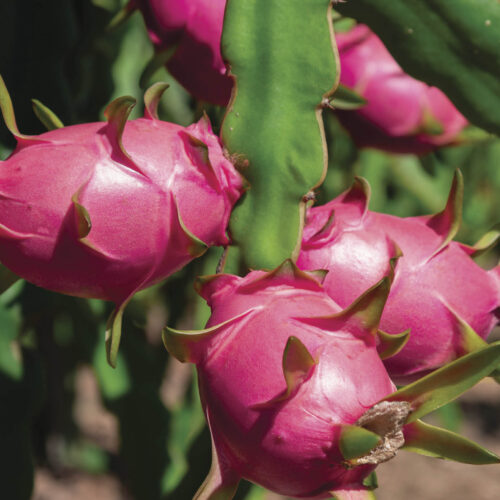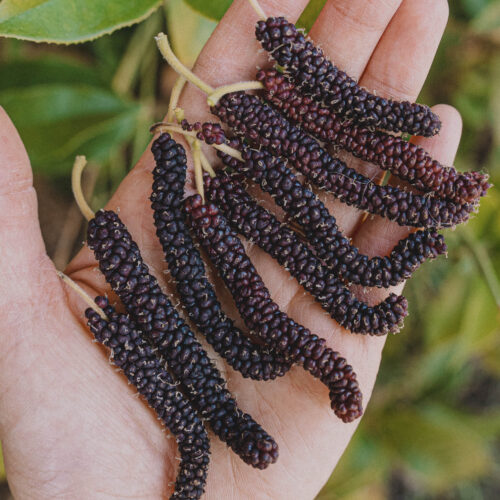Apricot Season
2012-11-30T03:15:56+11:00
Early summer is stonefruit season in many parts of Australia, and JUSTIN RUSSELL eagerly anticipates a bumper crop of apricots.
It’s almost apricot season at my place, and the anticipation is rising. We’ve got two old trees that were planted in our front yard 30-odd years ago, and they’re still producing fruit – actually one never bears but when the other is on, it bears huge crops. The variety is a bit of a mystery. The person who planted them can’t remember what they are, but our educated guess is Moorpark, an old English apricot that is still widely regarded by many as being the pick for flavour.
The problem with Moorpark is that it is notoriously biennial, bearing heavily one year, and having a rest the next. Last year was an off year, but the fruit is so luscious that any inconvenience is easy to overlook. Unlike the bland, counterfeit fruit in the supermarket, Moorpark apricots are sweet, juicy, and oh so apricot-ish in flavour. And when grown at home, you can leave the fruit hanging on the tree until they bear a red blush on the side kissed by the sun and develop the maximum amount of sugar and juice in the flesh. The difference between supermarket apricots and home grown is as stark as that for tomatoes.
The best thing about apricots is that they are easy to grow in most warm or cold temperate climates. Most varieties need a moderate amount of chill in winter, but the fruit really develops flavour in areas where summer’s are relatively hot and dry. Southern Australia is perfect, but the trees do well in my part of southern Queensland and low-chill selections can be grown with some success in the subtropics, with appropriate measures taken to control fruit fly. Most varieties are self pollinating, but you’ll get heavier crops with a second variety planted nearby. And if you’re going to prune, do it just after picking the fruit to avoid bacterial infections getting into open pruning wounds.
I’m always on the lookout for plants that have more than one purpose. One of the best things about apricots is that in addition to bearing wonderful fruit, they are among the prettiest of all the deciduous fruit trees. They burst into pure white flowers in spring, and have attractive heart shaped leaves that turn bronze-yellow in autumn. In summer, their spreading canopy casts beautiful shade, prunings make a useful firewood, and to top it all off, the trees are fun to climb. My kids have spent many happy hours in the branches of our two trees.
If you’re after a nicely shaped tree for the backyard, and want something that’s more than a one trick pony, why not consider an apricot. In my view they’re right up there as among the best of all fruiting trees. Now, if I can just beat the resident possums to this year’s crop – with fruit so tasty, it’s a constant battle of wills.

